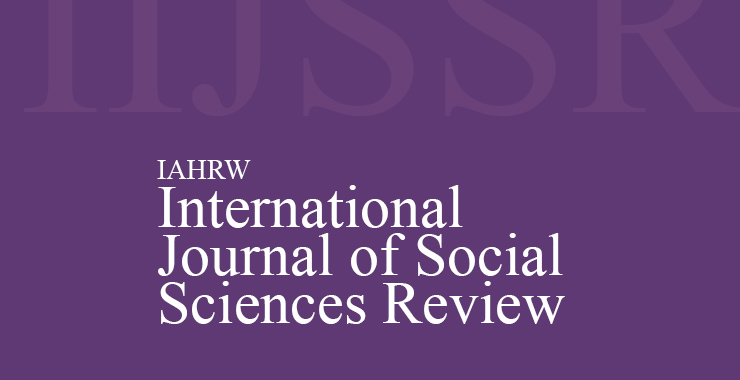Awareness Regarding Dowry-related Violence among Women in Rural Haryana
Original price was: ₹ 201.00.₹ 200.00Current price is: ₹ 200.00.
Page: 304-307
Alina, Rashmi Tyagi, and Jatesh Kathpalia (Department of Sociology, COBS&H, CCS HAU Hisar, Haryana)
Description
Page: 304-307
Alina, Rashmi Tyagi, and Jatesh Kathpalia (Department of Sociology, COBS&H, CCS HAU Hisar, Haryana)
In India, dowry-related violence is still a major socio-legal concern, especially in rural areas where gender inequality and traditional norms are ingrained. This study investigates the awareness of dowry-related violence among rural Haryana women, including their familiarity with coping mechanisms, available support networks, and legal protections. A considerable percentage of married women are still subjected to dowry demands and the related physical and emotional abuse, even after the Dowry Prohibition Act of 1961. In the domain of psychological and emotional violence, the most prevalent issue reported in Kaithal was ill-treatment by in-laws through looks, actions, or gestures (I), while self-harming behavior was the least reported (IV); in contrast, respondents from Hisar identified mental harassment by the husband as the most prominent form (I), with humiliation by in-laws ranking lowest (IV). It can be seen that 64.2 per cent of the respondents had a medium level of dowry-related violence, 20.8 per cent had a low level of dowry-related violence, and 15.0 per cent of the respondents had a high level of dowry-related violence. Awareness of dowry typically encompasses knowledge about the dowry system itself, its legal implications, its impact on society, and attitudes toward dowry practices.

